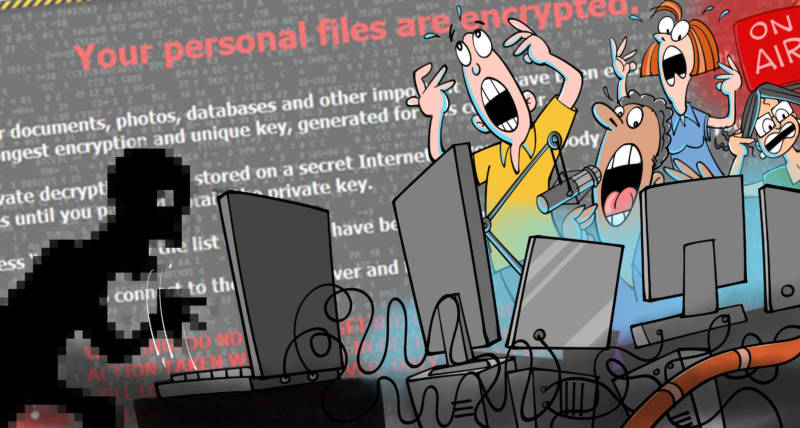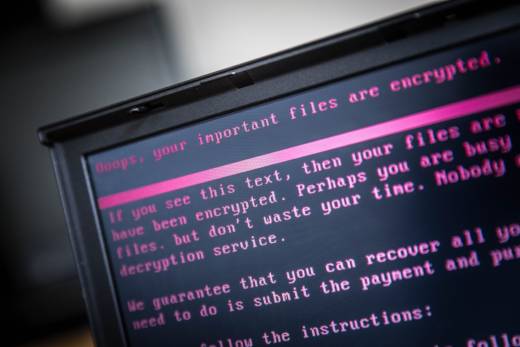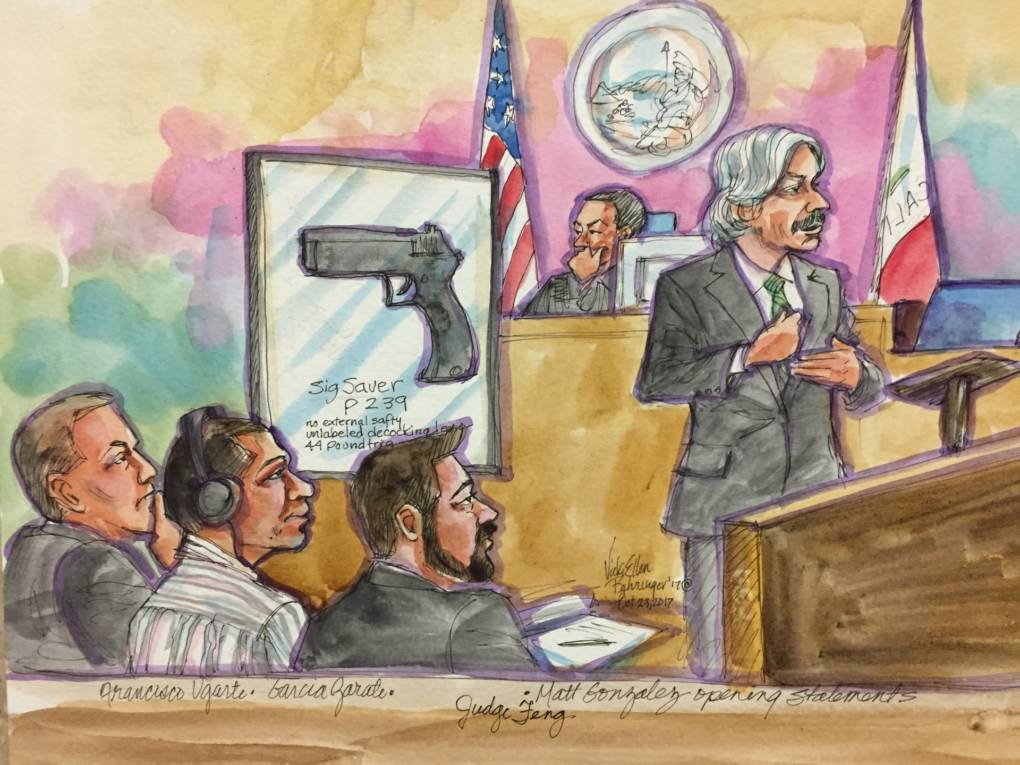We know it can be hard to keep up with everything that’s going on in the world, the country and your community. So here are five stories from the past week that you may have missed but really shouldn’t.

The most popular story on our site this week was the inside story of the crippling ransomware attack that hit KQED this past summer. Phones, computers, internet, printers and more all went down as hackers demanded a massive bitcoin ransom in exchange for the release of our digital world. In the words of KQED editor Jon Brooks:
KQED, one of the largest public media companies in America, has been hobbling its way to recovery ever since. What was it like? Think of a really boring episode of “The Twilight Zone”—or better yet, “Black Mirror.” Or getting stuck in an absurdist satire about human dependence on technology. Everyone had their particular breaking point, triggered by one Rube Goldbergian workaround or another.
Safe to say, it’s been a stressful few months for KQED’s staff from the newsroom to the folks in IT trying to make sure this never happens again.

We’re continuing to learn about how we can all better protect ourselves and our homes from wildfires. Even buildings not in the direct path of a fire can be in danger from a tiny offender:
“During a wildfire, the major source of ignition is the wind-blown ember that lands on or near the house,” says Steve Quarles of the Insurance Institute for Business and Home Safety. The wind can carry embers half a mile to a mile ahead of the fire, igniting homes far from the main burn area. But, there are some things homeowners can do to reduce the risk.
Those things include creating defensible space around your home, properly covering your vents to keep embers from getting inside your home and sparking, and keeping your gutters and your roof clear.




